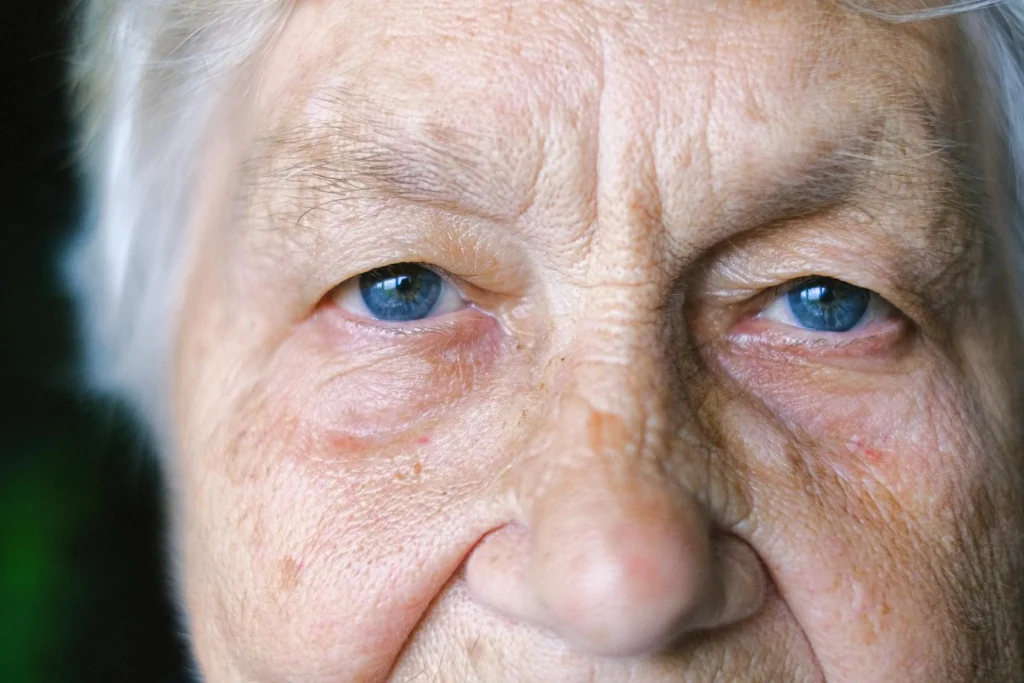Restless Sleep as an Early Indicator of Parkinson’s
Scientists at the Mount Sinai School of Medicine in the United States have identified that people who toss, turn, or kick during sleep may be at an increased risk of developing Parkinson’s disease. This restless behavior during sleep, termed REM sleep behavior disorder (RBD), is linked to increased inflammation in brain areas responsible for dopamine production. The findings are detailed in the journal Annals of Neurology.
Dopamine and Sleep Regulation
Parkinson’s disease and related dementias are characterized by the degeneration of brain cells that produce dopamine—a neurotransmitter critical for regulating sleep-wake cycles and managing phases of sleep. The loss of these neurons results in reduced dopamine levels, which contribute to disruptions in sleep patterns, including excessive movements during the REM sleep phase.
Study Highlights
The research involved 170 participants, including 80 diagnosed with Parkinson’s disease. The team utilized videopolysomnography, a sleep-monitoring technology, to analyze participants’ sleep behaviors.
Key findings include:
- Frequent movements during REM sleep were strongly associated with Parkinson’s disease.
- Data analysis measured movement frequency, intensity, speed, and stillness during sleep.
- The sleep-monitoring method accurately identified individuals with Parkinson’s disease with a 92% accuracy rate.
Implications
The study suggests that restless sleep behaviors, particularly during REM sleep, may be an early indicator of Parkinson’s disease. Sleep studies using advanced monitoring tools like videopolysomnography could serve as a predictive diagnostic tool, potentially allowing for earlier intervention and management of the disease.

